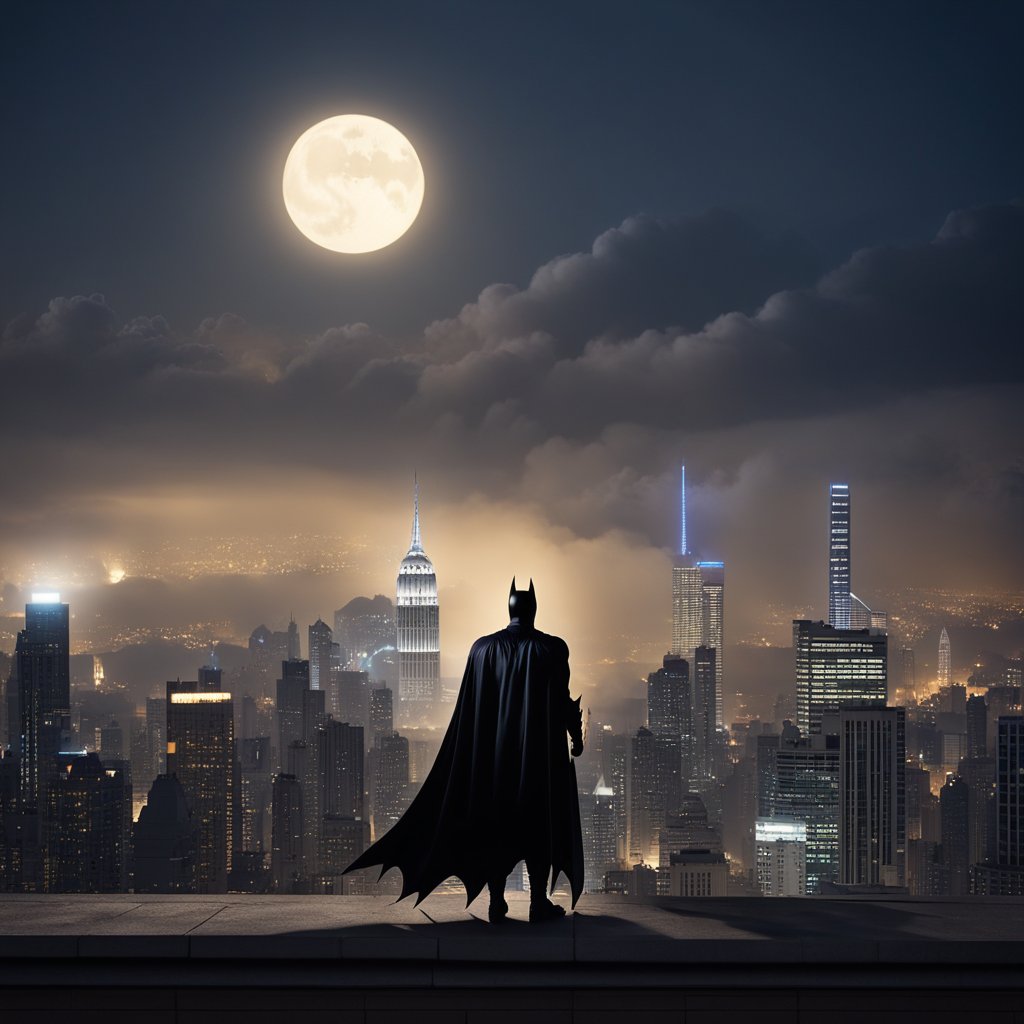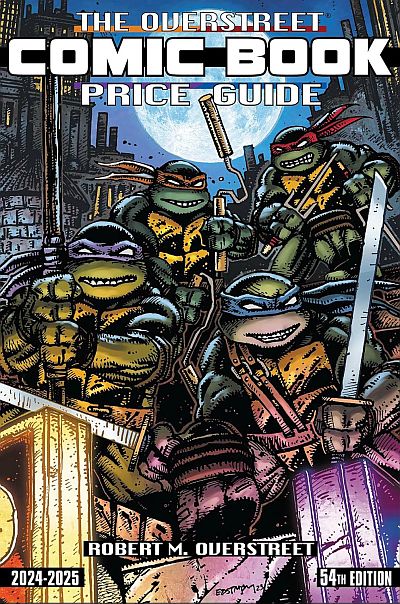
The Evolution of Batman starts with his journey. It has been captivating, mirroring changing values and cultural shifts. Bob Kane and Bill Finger created him in 1939. First, he was a dark vigilante. Later, Batman became more complex. He dealt with his parents’ murder and his mission for justice in Gotham.
Over the years, Batman evolved. In the 1960s, he was campy and colorful. Then, Christopher Nolan’s trilogy made him gritty and realistic. Batman also thrived in animated series, video games, and graphic novels. This article explores his evolution, focusing on creative teams, technology, and cultural shifts. All of these factors contributed to his lasting popularity.
Early Batman comics highlighted his detective skills and crime-fighting tools. This led to his 1940 series, “Batman,” and established him in DC Comics.
The 1960s TV show, starring Adam West, broadened Batman’s appeal. It made a lasting impact on pop culture.
In 1989, Tim Burton’s “Batman” movie changed superhero films. It was both visually impressive and deep. This move put Batman back in the spotlight.
Christopher Nolan’s trilogy, “Batman Begins,” “The Dark Knight,” and “The Dark Knight Rises,” delved into Batman’s story. It explored his struggles and the moral complexities of his actions. This made Batman a complex and real hero.
As the 21st century dawned, Batman’s influence continued to thrive, captivating audiences through acclaimed animated series and video games. Notable comic book storylines like “The Long Halloween,” “The Dark Knight Returns,” and “Batman: Hush” pushed the boundaries of storytelling, showcasing Batman’s enduring appeal and illustrating his captivating story arc.
Join us on this thrilling exploration of Batman’s transformation and character development as we dive into the rich history of one of the most beloved superheroes in existence.
Origins of Batman: From Detective Comics #27 to Batman #1

Batman’s journey began in May 1939 with his debut in Detective Comics #27. Created by Bill Finger and Bob Kane, Batman emerged as a response to the soaring popularity of Superman. Unlike the Man of Steel, Batman embodied a darker, more human hero, motivated by a relentless pursuit of justice and a desire to rid Gotham City of the rampant crime that plagued its streets.
In his early comic book appearances, Batman showcased his remarkable detective skills, relying on his intellect, physical prowess, and an array of gadgets to combat the criminal underworld. With each gripping adventure, Batman’s character development unfolded, revealing a complex individual driven by personal tragedy and a commitment to protecting the innocent.
As Batman’s popularity soared, he earned his own self-titled series, Batman, which debuted in 1940. Alongside his loyal butler Alfred Pennyworth, Batman faced off against a captivating rogues gallery, including the enigmatic Joker, the seductive Catwoman, and the cunning Riddler. Each encounter delved deeper into Batman’s story arc, exposing the depths of his determination and inner turmoil.
Throughout his evolution in DC comics, Batman’s origin story and journey have captivated audiences around the world. From his modest beginnings in Detective Comics #27 to the groundbreaking Batman #1, the Dark Knight’s enduring legacy and influence continue to shape the landscape of superhero storytelling.
Here is a interesting Animated version of The Evolution of Batman, enjoy!
Batman’s Evolution in Film and Beyond: The Dark Knight Trilogy and 21st Century Influence
Batman’s cultural impact and popularity skyrocketed with the release of Tim Burton’s iconic film, Batman, in 1989. The movie’s success not only captivated audiences, but also paved the way for a new era of superhero movies that would follow.
Christopher Nolan’s groundbreaking Dark Knight Trilogy, consisting of “Batman Begins,” “The Dark Knight,” and “The Dark Knight Rises,” reshaped the way we perceive Batman in the 21st century. This trilogy delved deep into Batman’s origins, his internal struggles, and the moral complexity of his actions.
Undoubtedly, the jewel of the trilogy is “The Dark Knight,” widely regarded as a cinematic masterpiece. Heath Ledger’s portrayal of the Joker earned immense critical acclaim, leaving an indelible mark on the character’s legacy.
Beyond the realm of movies, Batman’s influence extended to television with animated series like “Batman: The Animated Series,” which brought his captivating stories to a whole new generation. Furthermore, the “Batman: Arkham” series of video games became a sensation, allowing fans to take on the mantle of the Dark Knight themselves.
Throughout the years, Batman’s enduring appeal has been showcased in notable comic book storylines such as “The Long Halloween,” “The Dark Knight Returns,” and “Batman: Hush.” These narratives have not only pushed the boundaries of storytelling for the character, but also solidified his status as one of the most beloved and complex superheroes of all time.
Hope You Enjoy these Interesting Articles:
- The History of Marvel Characters: Origins, Story Arcs & Popularity
- History of Avengers #1-100 (1963-1972) – Assemble of Earth’s Mightiest Heroes
- Batgirl: Breaking Stereotypes in Gotham
- The Most Valuable Comic Books of All Time
- The Spirit (1940-1952) – Created by Will Eisner
FAQ
When did Batman first appear in comic books?
Batman debuted in Detective Comics #27 in May 1939.
Who created Batman?
Batman was created by Bill Finger and Bob Kane.
How did Batman differ from Superman?
Unlike Superman, Batman was a darker, more human hero driven by vengeance and a desire to rid Gotham City of crime.
What were Batman’s early comic book stories about?
In his early comic book appearances, Batman portrayed a detective who used intellect, physical prowess, and gadgets to fight crime.
When did Batman get his own self-titled series?
Batman got his own self-titled series in 1940.
Who were some of Batman’s main adversaries?
Batman’s main adversaries included the Joker, Catwoman, and the Riddler.
How did Tim Burton’s film “Batman” impact the character?
Tim Burton’s 1989 film, “Batman,” laid the foundation for the modern era of superhero movies and increased Batman’s popularity.
How did Christopher Nolan’s Dark Knight Trilogy redefine Batman?
Christopher Nolan’s Dark Knight Trilogy explored Batman’s origins, internal struggles, and the moral ambiguity of his actions.
What are some notable Batman comic book storylines?
Notable Batman comic book storylines include “The Long Halloween,” “The Dark Knight Returns,” and “Batman: Hush.”
How has Batman’s influence extended beyond comic books?
Batman’s influence extends to animated series like “Batman: The Animated Series” and popular video games such as the “Batman: Arkham” series.
Source Links
- https://www.dc.com/blog/2019/03/19/batman-a-history-of-heroics-the-beginning
- https://ultimatebatmancomicswebsite.weebly.com/batman-history.html
Love it or hate it? Leave your comment below. – MikeyD







